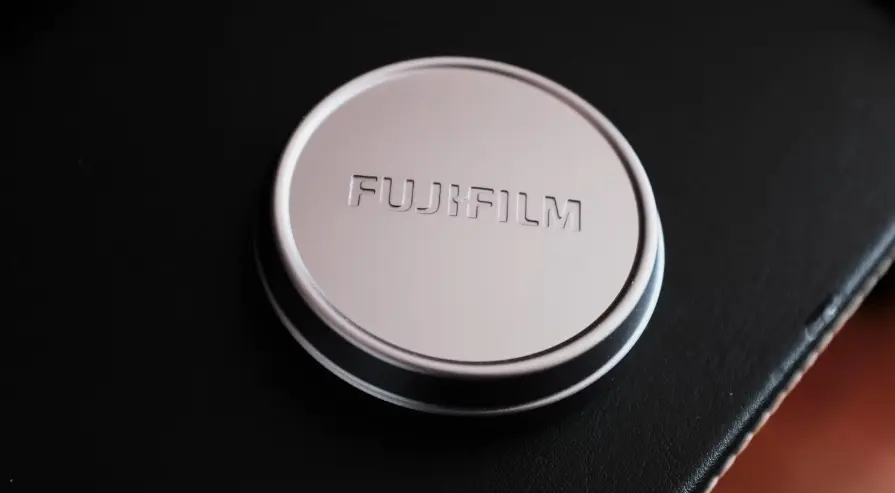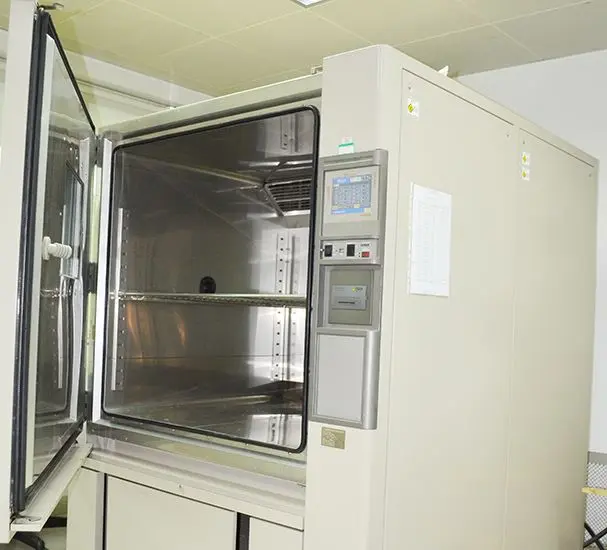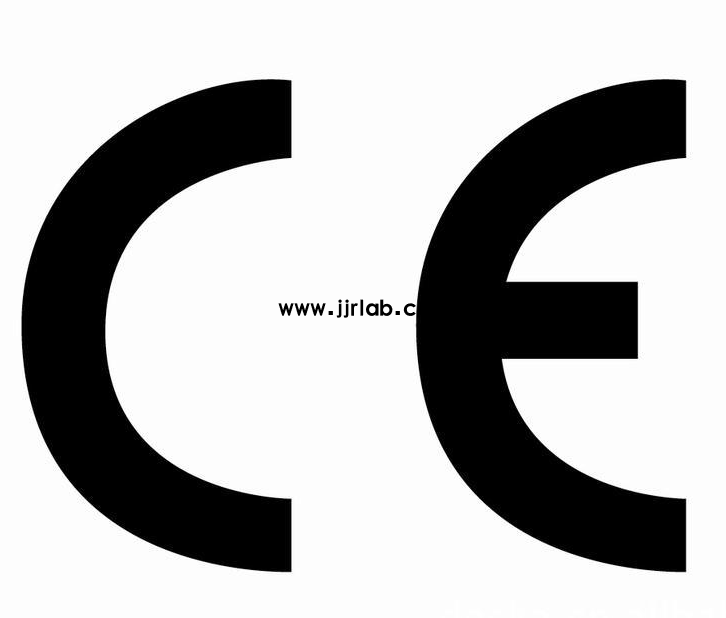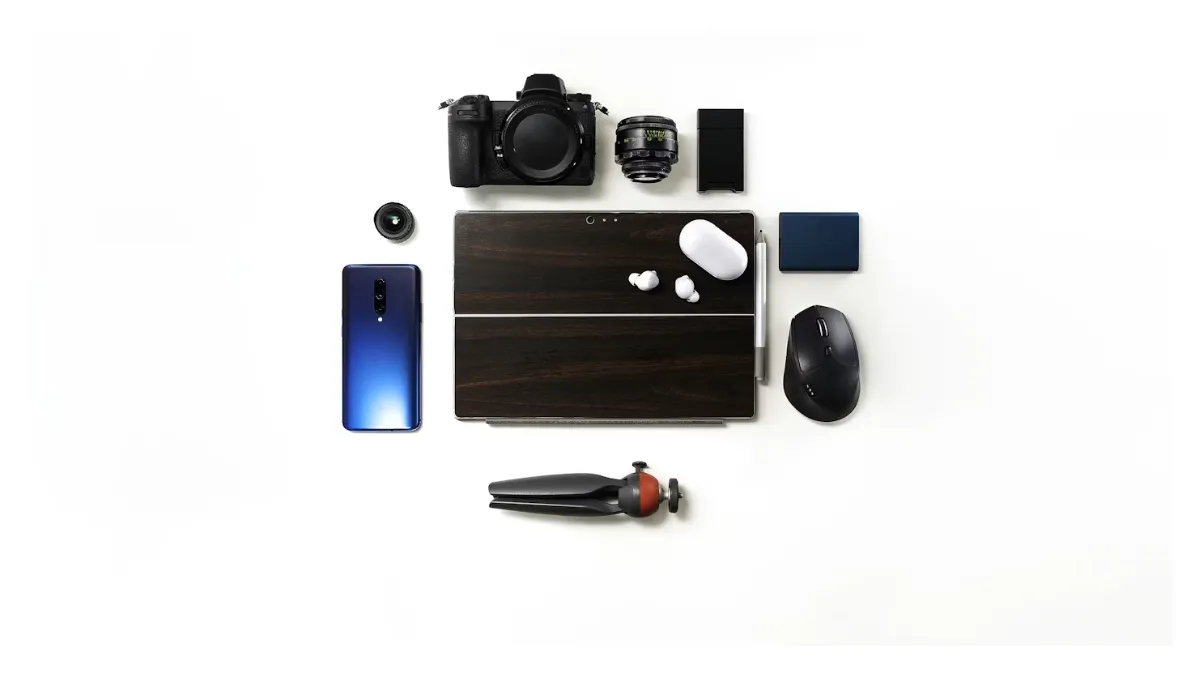
What is U.S. Compliance for Button Batteries?
Legislative Background and Core Requirements
1. In August 2022, the U.S. passed the Bobby’s Law(the “Bobby’s Act”), aimed at preventing children from swallowing button batteries, authorizing the CPSCto establish safety standards.
2. In September 2023, the CPSCpublished two final rULes in the Federal Register(16 cfr part 1263), requiring manufacturers/importers of products containing button batteries to provide either a CPC (Children’s Product Certificate)or GCC (General Certificate of Conformity).
Scope and Definitions
① Applicable Products:Consumer products sold in the U.S. containing button batteries (or designed to use them), including both children’s and general-use products.
② Button Battery Definition:Single-cell batteries with a diameter larger than their height. Zinc-air button batteries are excluded from 16 CFR Part 1263.

Core Rule Content
(1) 16 CFR Part 1263 (Consumer Product Safety Requirements for Button Batteries)
Basis:CPSC incorporated ANSI/UL 4200a-2023as a mandatory standard. Applies to products manufactuRED/imported on or after October 23, 2023(no major negative comments before October 5, 2023).
① Enforcement:Children’s products are exempt from third-party testing/certification starting December 20, 2023(enforcement discretion until March 19, 2024).
Specific Requirements:
1. Battery compartments must be secured and require a tool or at least two independent hand actionsto open; batteries must not be released during use/abuse testing.
2. Product packaging must include warnings (product labeling recommended where feasible); manuals must include all warnings.
3. Exemptions:Toys complying with 16 CFR Part 1250(ASTM F963 Section 4.25) and meeting battery accessibility/labeling requirements are exempt.
(2) 16 CFR § 1263.4 (Button Battery Packaging Label Requirements)
Basis:Separate final CPSC rule (88 FR 65296), applicable to button battery packaging manufactured/imported on or after September 21, 2024.
(3) 16 CFR § 1263.3 (Individually Packaged Button Battery Requirements)
① Basis:Section 3 of the Bobby’s Law requires button batteries (or individually packaged batteries) manufactured/imported on or after February 12, 2023to use packaging compliant with 16 CFR § 1700.15(PPPA standard). Enforcement discretion for zinc-air button batteries applies until March 8, 2024.
② Exemption:Packaging compliant with ANSI C18.3Mlabeling/packaging rules is exempt from Part 3 special packaging requirements. (Standard available at ansi.org)
Certification and Documentation Requirements
Basis:Section 14(a) of the CPSA requires manufacturers/importers to issue CPC (Children’s Product Certificate)or GCC (General Certificate of Conformity)for regulated products.
Specifics:
① Products subject to Section 2: Certificate must reference “16 CFR § 1263.3 (Button Battery Consumer Products)”or “16 CFR § 1263.4 (Packaging Label)”.
② Products subject to Section 3: Certificate must reference “15 U.S.C. § 2056e (Button Battery Packaging)”.
③ Packaging tested to PPPA standards (16 CFR § 1700.15/1700.20) does not require a CPSC-accredited lab; CPC must include test details (date, location).
Selected FAQs
Definition of applicable button batteries? Any exemptions?
Definition: Single-cell battery with diameter > height; zinc-air batteries are exempt from Section 2 (no swallowing risk) but must meet Section 3 packaging requirements.
Key effective dates?
Packaging requirements: Feb 12, 2023 (general), Mar 8, 2024 (zinc-air, enforcement discretion).
Consumer product requirements: General-use Oct 23, 2023 (enforcement until Mar 19, 2024), Children’s Dec 20, 2023 (enforcement until Mar 19, 2024).
Packaging labels: Sep 21, 2024 (16 CFR § 1263.4).
Section 2 requirements of Bobby’s Law?
Referencing ANSI/ul 4200a-2023: battery compartments must be secured (tool/double-hand operation), no battery release in use/abuse testing; product/packaging must have warnings. Toys for <14 years meeting toy standard are exempt.
Section 2 exemptions?
Toys <14 years meeting 16 CFR Part 1250and zinc-air batteries are exempt from Section 2; zinc-air must still meet Section 3 packaging rules.
Section 3 packaging exemptions?
Packaging compliant with ANSI C18.3Mis exempt from Section 3 special packaging requirements.
Non-lithium battery packaging?
Must comply with ANSI C18.3Mlabeling/packaging to qualify for exemption.
How to meet Section 3 packaging?
Packaging must follow 16 CFR § 1700.15, and pass children/adult testing per 16 CFR § 1700.20 (PPPA standard).
Children + adult testing required?
Yes, products under Section 3 must pass both children and adult tests (16 CFR § 1700.15(b)).
Does ANSI compliance waive children testing?
No, ANSI standard still requires PPPA children safety level testing per 16 CFR § 1700.20.
Certification requirements?
Must issue CPC (children) or GCC (general), referencing relevant rules; Section 3 testing does not require CPSC-accredited lab but must be referenced in CPC.
Packaging label requirements?
Packaging manufactured after Sep 21, 2024 must comply with 16 CFR § 1263.4, even if ANSI C18.3M compliant.
Label color?
Color not mandatory; if multicolor printing, colors must be clear.
Medical devices applicability?
Not considered “consumer products,” thus Section 2 not applicable; children’s medical devices with unreasonable risk must be reported to CPSC and may require recall.
B2B sales/display items?
Button battery products in-store displays or B2B sales must comply with 16 CFR § 1263.3if accessible to consumers.
Promotional products?
Any promotion products provided to consumers must comply with CPSC rules.
Irregular/windowed packaging area calculation?
Projected area counts toward main display panel (16 CFR § 1500.121(c)(1)).
Products not sold with batteries?
Products designed to use button batteries must meet 16 CFR § 1263.3, even if batteries not included.
Repackaged/refurBIShed products?
Products repackaged/refurbished in the U.S. after Mar 19, 2024 must meet 16 CFR § 1263.3; same applies to imports refurbished overseas after Mar 19, 2024. Consumer repair overseas for personal use returning to U.S. does not require certification.
Can a blue “Keep Away from Children” icon be used as split label?
No. The full label must include the icon (Figures 7B.1/7B.2); split labels (7B.3) do not reference this icon (only safety triangle size required).
Email:hello@jjrlab.com
Write your message here and send it to us
 How to Test IP68 Rating
How to Test IP68 Rating
 Differences Between FDA and LFGB for Food Contact
Differences Between FDA and LFGB for Food Contact
 Process and Precautions for Amazon CPC Certificate
Process and Precautions for Amazon CPC Certificate
 E-mark Certification Testing Service Laboratory
E-mark Certification Testing Service Laboratory
 Amazon ISO/IEC 17025 UL Testing Service Laboratory
Amazon ISO/IEC 17025 UL Testing Service Laboratory
 How to get CE Certification for Lighting Products?
How to get CE Certification for Lighting Products?
 CE Certification Standards & Process for Elect
CE Certification Standards & Process for Elect
 Japan METI Registration & Japanese Agent Servi
Japan METI Registration & Japanese Agent Servi
Leave us a message
24-hour online customer service at any time to respond, so that you worry!




